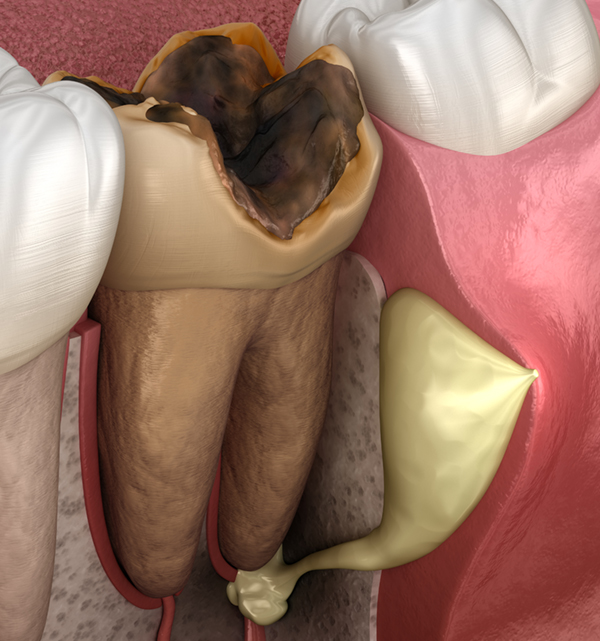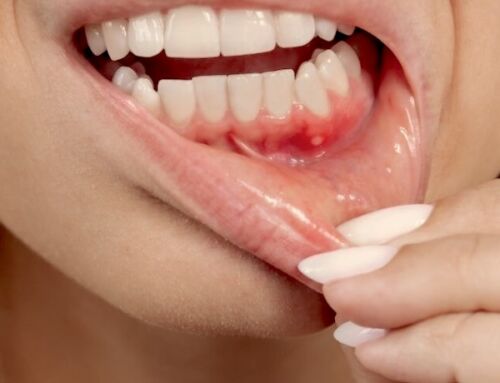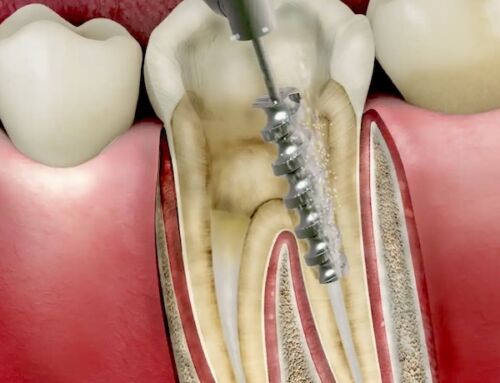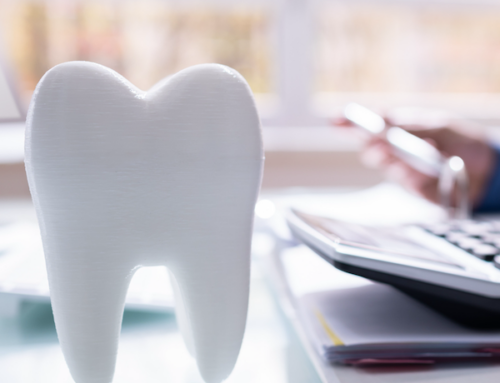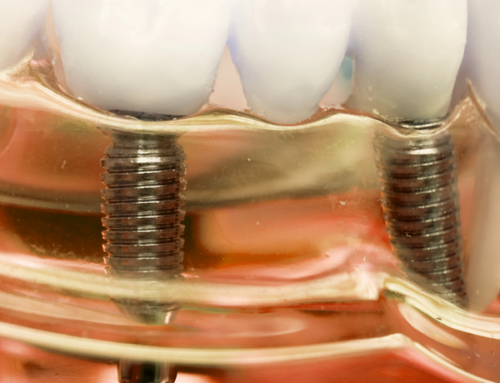A tooth abscess is a pocket of pus that occurs due to a bacterial infection. It forms inside the teeth or gums, and it usually looks like a red, swollen bump or pimple.
Depending on the severity of the infection, pain from a tooth abscess can range from moderate to severe. Some abscesses can also affect the surrounding teeth and bone, leading to more serious complications.
A tooth abscess does not resolve on its own. Left untreated, an abscessed tooth can affect your jawbone, face, and neck. Some rare cases even cause heart and brain problems.
With possible life-threatening conditions that may occur, it is crucial that a tooth abscess is caught and treated early. Read along to learn more about an abscessed tooth and how to recognize it.
8 Signs of a Tooth Abscess
Not everyone has the same signs and symptoms of a dental abscess. If you are experiencing one or more of the following, do not delay and call your dentist so they can take a proper look. Early diagnosis and treatment will ultimately prevent severe and irreversible consequences such as tooth loss.
- Severe Toothache
Pain from a tooth abscess can be mild to unbearable. As bacteria thrive to spread infection, it builds pressure in the tooth and gums to cause severe pain. This is why when the abscess is drained, you can feel immediate pain relief because pressure is released.
Pain is usually characterized as a throbbing, intense sensation. It may be continuous and aggravated with chewing. In some cases, pain may also radiate up to the ear, neck, and head.
- Swollen Gums
Pressure from the pus and abscess can cause redness and swelling of the gums. It commonly occurs when the cause of the problem is gum or periodontal disease. As the gum disease worsens, the more inflamed the gums are.
- Persistent Bad Breath
Because an abscess is full of pus and bacteria, it may emit a foul odour that does not come off even after you brush your teeth or use mouthwash. Bad breath may also occur if generalized gum disease due to severe plaque build-up is present.
- Foul Taste in the Mouth
If the abscess ruptures and the pus drains, it may leave a foul taste in the mouth. Some describe the taste as bitter, sour, salty, or metallic.
A ruptured abscess may mean that the infection is already draining. This can provide instant relief from pain. However, it can also mean that the infection is spreading.
- Pimple on Gums
A gum boil appears as a pimple in the gums and it is a common sign of an abscessed tooth. It forms due to bacteria build-up, causing the gums to swell. Usually, a gum boil appears where the infection is present, often near the end of a tooth root where bacteria can easily thrive.
Some gum boils can be simple gum swelling, while some may be accompanied by bleeding or pus discharge. And aside from the gums, complications from a severe dental infection cause a pimple on the face or cheek to appear.
- Sensitivity to Hot and Cold
Increased tooth sensitivity is due to bacteria build-up and increased pressure in the tooth. This affects the nerves of the tooth and triggers sensitivity especially when consuming hot or cold foods.
- Difficulty Eating
Aside from sensitivity, tooth pain may also occur when you chew or bite, so it can be difficult to eat. During chewing, the tooth presses against the infection, causing pain. In general, any motion that touches or taps the tooth can trigger discomfort.
- Fever and Body Pains
Lastly, a more serious sign that you have a dental abscess is the presence of systemic symptoms such as increased body temperature, swollen lymph nodes, and general malaise.
At this stage, the infection may already be widespread and has affected the body as a whole. And as the body tries to fight the infection, you may experience symptoms such as fever.
Treatment for Dental Abscess
Some of the recommended treatments for a dental abscess include:
Antibiotics
The first step to treating a dental infection is to kill the bacteria through oral antibiotics. This can help eliminate the gum boil and prep you for the next step of treatment which is to restore the tooth to good health such as through root canal therapy.
In cases where the infection has spread to other body parts, IV antibiotics may be recommended.
Incision and Drainage
If there is a pimple on the gum or face, draining the pus can provide immediate relief. This is an emergency treatment that should be performed by your dentist or an emergency healthcare professional.
Root Canal Treatment
To save the abscessed tooth, root canal treatment or surgery can be performed. This involves cleaning the tooth, removing all infected tissues, and placing a medication to prevent re-infection.
After completing the root canal therapy, a dental crown may be recommended to restore the appearance and function of the tooth.
Tooth Extraction
However, if there is damage to nearby teeth and bone, tooth extraction may be a better option. This will eliminate the infection to save the remaining teeth and allow the remaining bone to heal. Afterwards, your dentist will discuss tooth replacement options such as a bridge or implant.
When Should You See Your Dentist?
Dental abscesses are like ticking time bombs. The later they are treated, the more serious the symptoms and irreversible the consequences are.
While home remedies such as antibiotics and medicated mouthwash can help with temporary pain relief, going to your dentist for a proper treatment plan is crucial to resolve the problem completely.
As soon as you feel dull, throbbing, or persistent pain in your tooth, schedule an appointment with your dentist immediately. This is one of the earliest signs of an abscessed tooth. It may be a simple tooth decay, but it can also mean a dental infection. Better be safe than sorry!
At Chinook Dental Group, we have several treatment options for an abscessed tooth. Book your visit with us today to learn about the best option for your smile.

